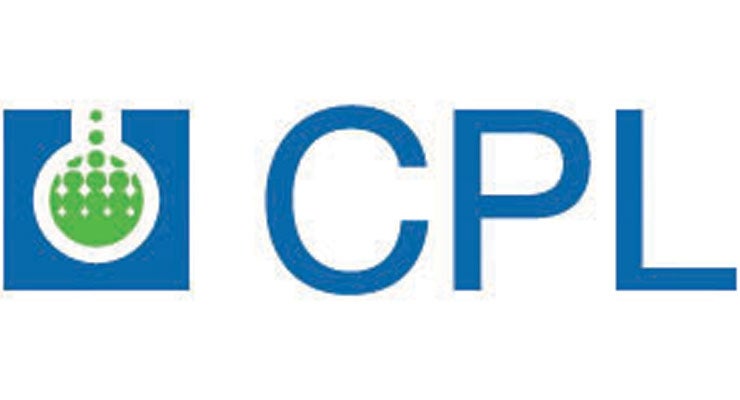
As the skin is the largest organ in the human body, it presents a potential target for a number of pharmaceutical compounds intended to treat a variety of diseases and conditions. There are multiple different layers to target, several drug penetration routes, and a variety of topically-delivered product formulations – creams, ointments, gels, and lotions – to choose from in developing an effective semi-solid product.
Development of topical semi-solid products is complicated as the dosage forms are often multi-phasic, with complex structural elements and a number of potential risks that could arise during the development process, particularly during manufacturing scale-up.
CPL, a leading topical drug development and manufacturing service provider, recently hosted a webinar that discussed its approach to formulating and developing topical drug products. When it comes to topical products, the Canadian-based company has been a trusted partner for many of the world’s leading pharmaceutical companies and has more than 30 years of experience tackling all the complexities of semi-solid dosages.
Chetan Chure, Manager of Formulation Development, drew upon his experience at CPL and his prior expertise developing dozens of NDA and generic topical products in the pharmaceutical industry. Chure supports formulation development at CPL, including all aspects of early-stage formulation through commercial scale-up.
Importance of Critical Process Parameters
In under an hour, Chure covered a number of key topics including the cornerstones of formulation planning, such as the identification of the Quality Target Product Profile (QTPP), Critical Quality Attributes (CQAs), Critical Material Attributes (CMAs), and Critical Process Parameters (CPPs).
While these concepts were addressed during the webinar, Chure focused most of the discussion around Critical Process Parameters and how each group of parameters can have a significant impact on the successful outcome of development. The monitoring of Critical Process Parameters, defined by Chure as “variables that can impact the specifications of the final product” is as crucial as the name suggests. He emphasised that “these parameters must be maintained in a narrow range to ensure the product is of acceptable quality.”
Six categories of excipients play important roles in topical semi-solid formulation, and there is much to consider when it comes to selecting ingredients from these categories. “Whenever you select an ingredient, you should always keep in mind CPPs or the manufacturing processes you’re going to follow for this particular kind of dosage form,” Chure advises. In his presentation, he shared the top selection criteria for each type of excipient, as well as how ingredient choices should be correlated with CPPs and the level of risk involved.
Manufacturing processes naturally follow ingredient selection, and the presentation highlighted how necessary a systematic approach with close attention to CPPs is in achieving the product’s QTPP. Chure opened this topic by describing the basic manufacturing steps that are involved in the formulation of semi-solid topical products before discussing some important considerations for each stage.
He covered a variety of CPPs in detail from temperature ranges and mixing methods to homogenization, pressure, and kettle design. Neglecting details of these parameters could significantly affect the product’s characteristics and quality.
Production scale-up
“Scaling-up manufacturing is another area where problems can be encountered,” said Chure. In a section on the heating step, for example, he states the importance of kettle choice. “When we develop our products in the lab, we are utilizing lab-scale equipment to establish basic mixing steps and generally use beakers and heating mantles. When we scale up on the production floor, we have kettles with different designs with multiple heating and cooling options depending on the type of dosage.
“The kettle design we choose affects heat distribution and the melting of particular kinds of ingredients. Kettle design can play a crucial role,” he explains, before referring to images of different designs to illustrate his point.
In the final section, Chure discussed important evaluation parameters, including how to analyse changes in the product’s particle and globule size, viscosity, density or specific gravity, rheology, physical appearance, and performance. He closed the presentation by answering audience questions.
From the CPL webinar, it becomes clear that specialised production methods and carefully selected ingredients and equipment are a necessity of successful semi-solid pharmaceutical development and manufacturing. If followed, Critical Process Parameters can optimise the entire process and ensure a quality and constantly reproducible product throughout the product’s lifecycle.


